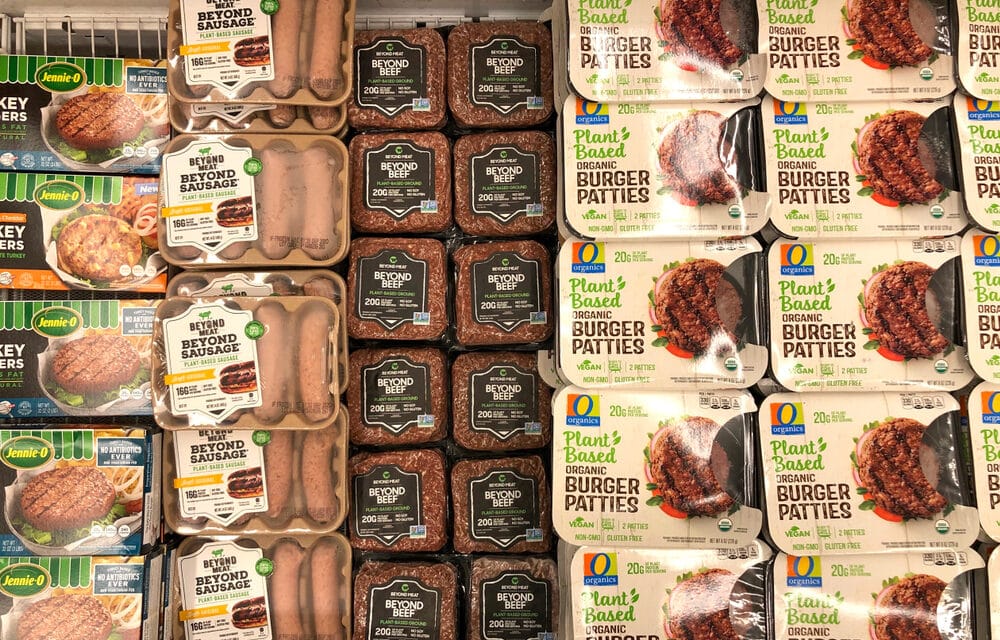(ETH) – Plant-based meat was having a moment before the pandemic, nabbing celebrity investors, record-setting IPOs, “Whopper” fast-food deals, and high-end chefs who transformed pea protein and soy into savory, expectation-defying deliciousness.
Then the pandemic hit, restaurants closed, and many Americans were stuck at home battling anxiety and sourdough starters. Industry experts wondered whether enthusiasm for this new food category would falter and sales flag — would plant-based meat turn out to be a fad rather than a movement?
It fleetingly looked grim: Last April, plant-based protein shipments to restaurants fell 27 percent, according to market research firm NPD Group. However, it appears that those worries were ill-founded. “Alt-meat” has emerged stronger than ever, much of it because of one thing: price.
Myriad pandemic pressures upended the pricing formulas for both traditional meat and plant-based proteins, making alt-meat a more competitive choice at the grocery store, far more quickly than any expert could have predicted. It used to be that plant-based proteins generated a ton of hype and heady righteousness for health-oriented and environmentally focused consumers, yet a pound of ground Impossible Burger was still way more than double that of even the fanciest ground beef —
making this new generation of faux meat a reach for the cost-conscious cook. Even in the face of surging grocery prices, retail beef and pork prices cause sticker shock Supply-chain problems and virus outbreaks in meat-processing plants have led to meat price increases that far outstrip those of groceries overall. READ MORE

















